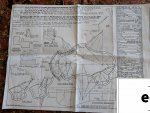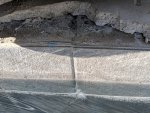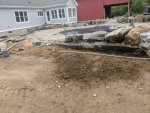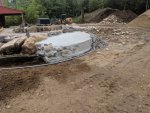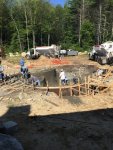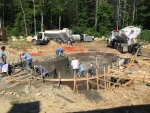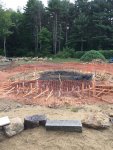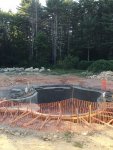I am very concerned about these new cracks I found after the ice was gone from the pool. The Pool company is coming out today to open the pool and check them out. I was hoping to get some input from the experts here if they look like structural cracks and the best way to tell if they are something to concerned with. The rust in the pics is from the poor (uneducated ) Boulder choice of my doing. I am hoping the rust will stop at some point after a few seasons.
Thanks, Rich..
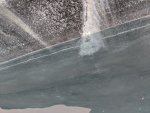
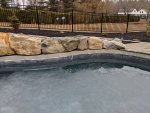

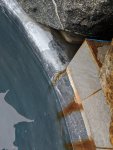
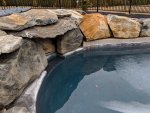
Thanks, Rich..







